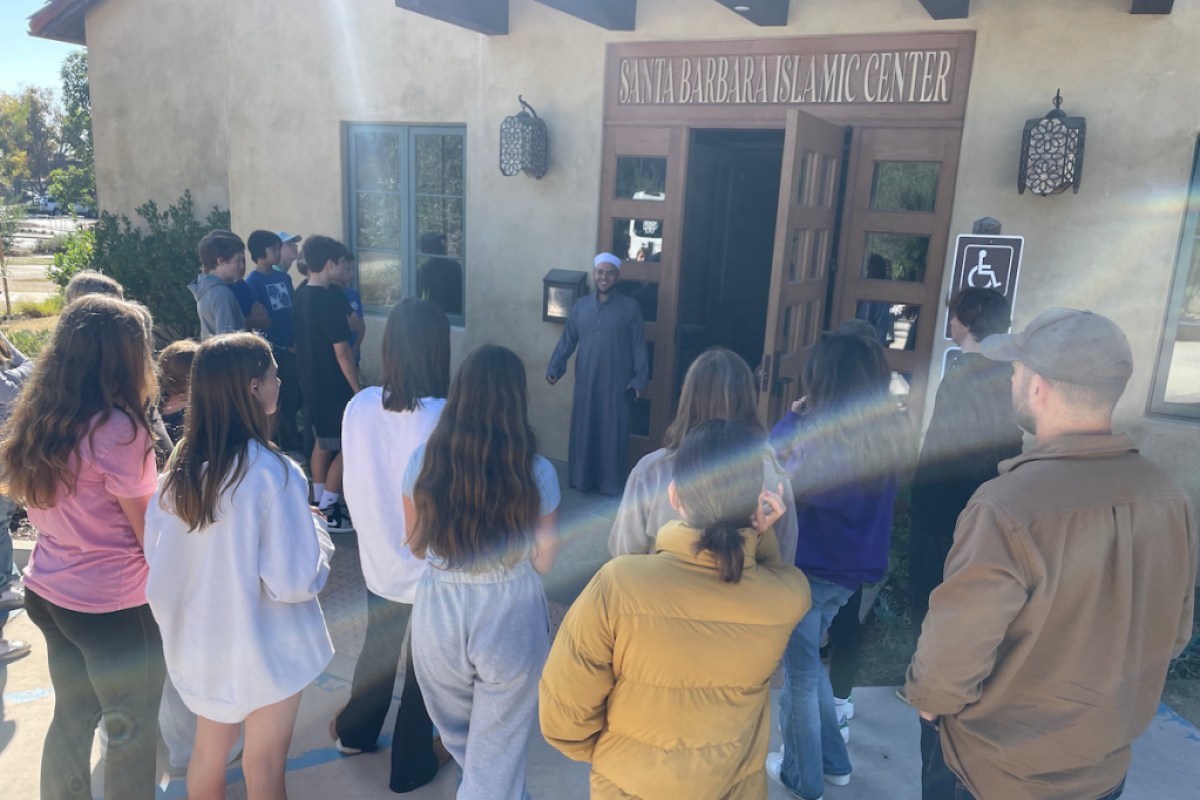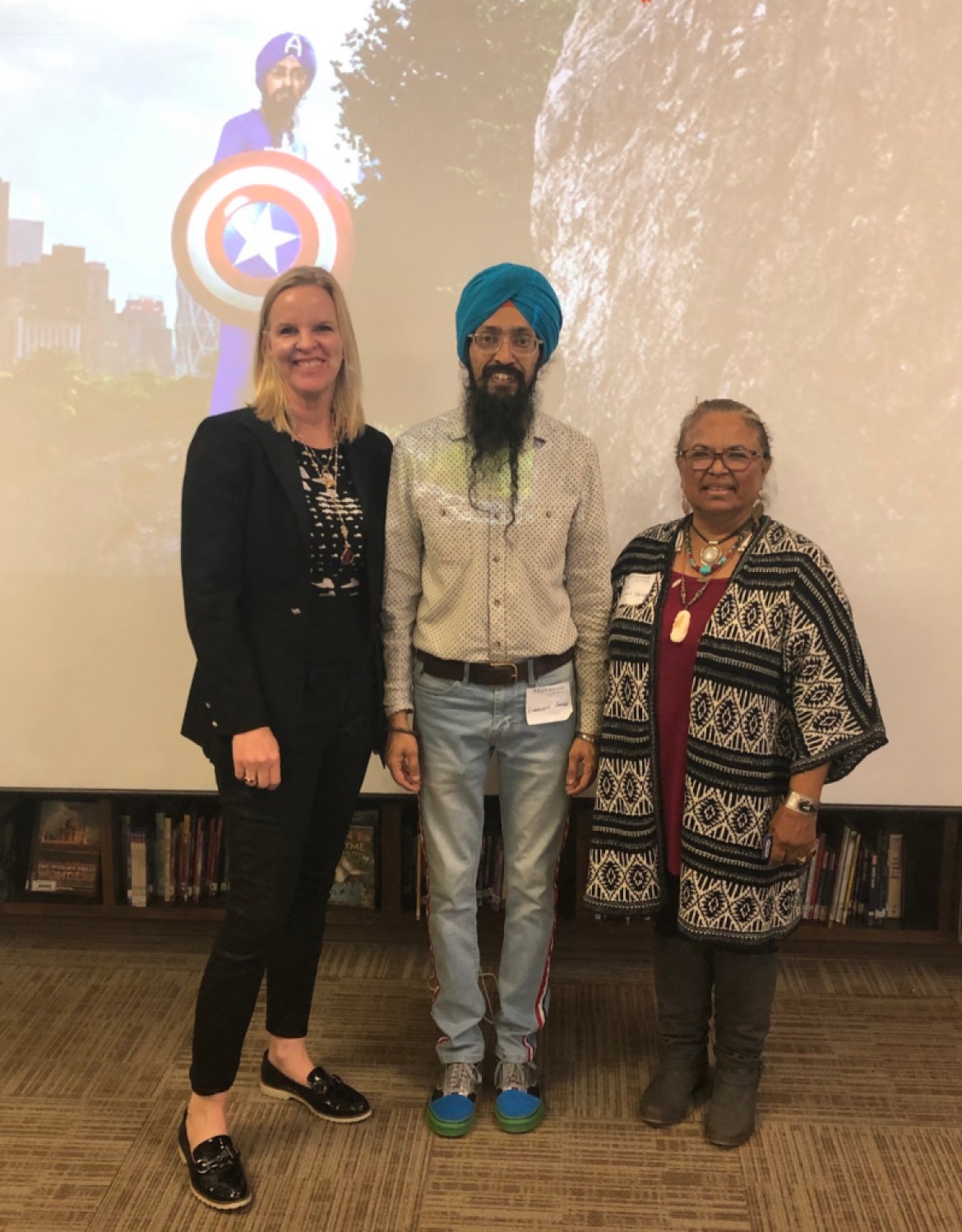Religion Through a
Golden-Rule Lens
Riviera Ridge School’s
Kaleidoscope Program Opens Hearts
and Minds to World Faiths
By Tyler Hayden | November 16, 2023

Read all of the stories in our “Schools of Thought 2023” cover here.
Created in 2007 in collaboration with UCSB’s Religious Studies Department, and through regular guest speakers and multicultural texts, the Kaleidoscope Program at Riviera Ridge School teaches students how to approach the study of world religion through a Golden Rule lens. Empathy for others is stressed — as are lessons in courage, honesty, hope, love, loyalty, justice, and respect — to help students navigate an increasingly interconnected global community.
The program spans Junior Kindergarten to the 8th grade, where students encounter the practices and philosophies of Buddhist, Christian, Hindu, Islam, Jewish, Confucius/Tao, Shinto, Sikh, Jain, and Native American teachings. Older students also have the opportunity to select a charity to promote and partner with on a fundraising project as part of their Service Learning unit.

Kari Eiler, the school’s JK-8th Grade Kaleidoscope Specialist, said the program is meant to “open minds and hearts” and fill in the blanks of cross-cultural awareness that textbooks, often intentionally, leave out. “I feel in a very strong way that the purpose of teaching this class is to prepare children for the world so they can help make it a more peaceful, compassionate, understanding place.”
Before speakers arrive, students prepare with readings and exercises so they’re primed to ask questions and dive deep with free-flowing conversations. They often do the initial outreach themselves, as well, writing letters and asking members of Santa Barbara’s faith community to meet.
“Once you hear someone’s story, you quickly understand how much commonality we share,” said Eiler. She also ensures the discussions stay faith-focused, as opposed to conflict-focused, and don’t dwell on geopolitical dynamics. “There needs to be sensitivity and respect for the fact that we’re coming at topics from different places, and with different bits of knowledge,” she said.
The classes touch on diversity within faiths, Eiler said, and how religion is deeply entwined with family and culture. Stories, particularly origin stories, are a major part of the curriculum. “Really listening to and understanding stories takes time, but it is a valuable investment for students to understand the historical and cultural context of soundbites they hear on the news,” she said. No part of the program has anything to do with indoctrination, Eiler emphasized. “It’s meant to inform and create literacy,” she said.
In addition to all it does, the Kaleidoscope Program also helps realize the potential of young people, Eiler said. Time and time again, she’s impressed with their seemingly limitless curiosity and energy, and their ability to get things done. “I have so much respect for children and their perspective and their power,” she said. “And if we as adults could make them more partners to make the world a better place, we would be in a better place.”




You must be logged in to post a comment.